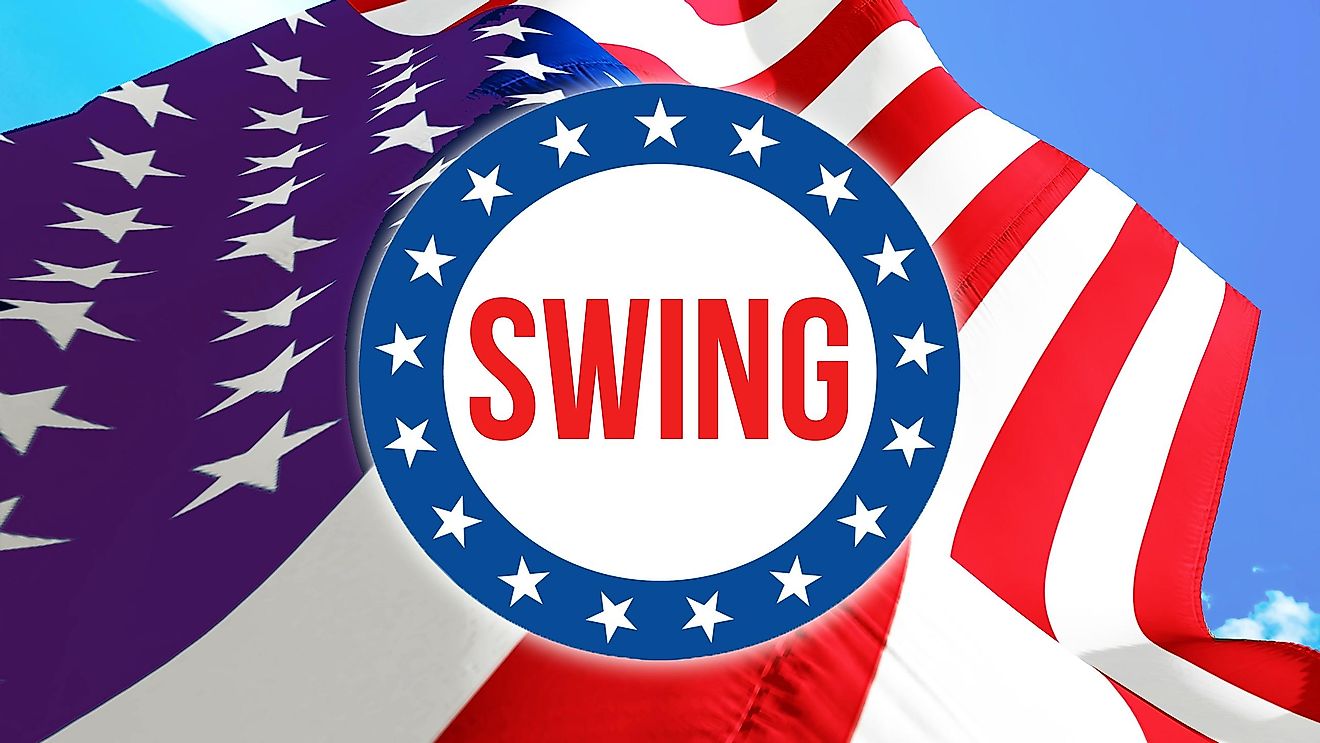States That Are Most Likely To Turn Purple

- Florida elected Obama and then flipped to support Republican, Donald Trump in 2016.
- Wisconsin voters have elected democratic leaders at other levels recently, but are not showing more support for Biden, Warren or Sanders.
- Purple states are also called swing states.
What Are Purple States?
Swing states or “purple states”: no matter what you like to call them, they certainly are interesting come presidential election time.
A purple state is one in which voters’ support for the Democratic Party, represented by the color blue, and the Republican Party, represented by the color red, is about equal. Because of this reality, these states can switch from supporting one party to the other, from election to election. The color purple represents their multi-faceted makeup.
These states are also commonly referred to as swing states because election results swing back and forth.
Purple states are highly targeted by both the Republicans and Democrats in the run-up to the presidential election because the results garnered in these states tend to indicate who will win the election. Other states in the country have more fixed support for either political side.
Based on previous elections, a majority of voters in these areas typically support only Republicans or only Democrats, year after year.
What will the 2020 presidential election bring? Only time will tell. Here are the states that are most likely to turn purple in this fall’s election.
Florida
Florida voted for Obama, a Democrat, and then it voted for Trump, a Republican. Voters here could really go either way this fall.
Some experts are predicting that Puerto Ricans fleeing to Florida following the disaster of Hurricane Maria could feel contempt for Trump as his administration was not seen by many as going above-and-beyond in its response to the disaster in Puerto Rico. Are there enough Puerto Rican voters to make a difference in the election results, however?
Michigan
In the 2016 presidential election, President Trump won Michigan by just about two-tenths of 1%. Not that much. Consequently, analysts predict that he may face some difficulty being re-elected by this state in the fall.
Michigan elected a Democratic governor in 2019, and although that does not necessarily indicate that the same will happen for leadership at a federal level, it also is not an entirely good sign, some say.
Pennsylvania
According to USA Today, the voters that could be the ones to decide if Trump wins in Pennsylvania include first-time voters, rural and blue-collar workers near Pittsburgh and southwestern Pennsylvania, and college-educated women living in the suburbs. Every vote counts, and since it was a very close call last time, it is said that we can expect a similar scenario this time.
Wisconsin
Wisconsin is a bit of a wild card, but not entirely. The state voted for Trump in 2016. The interesting thing is that voters there had not supported a Republican candidate since backing Ronald Reagan way back in 1984.
Who will win this fall? Many see support for Trump still raging strong among voters here. It is true that both a Democratic senator and governor were voted in recently, but voters do not seem to be keen on supporting the potential democratic presidential candidates.
Recently, Trump’s approval ratings here were shown to be higher than those of Joe Biden, Bernie Sanders, and Elizabeth Warren. It all sets the stage for a great race.











